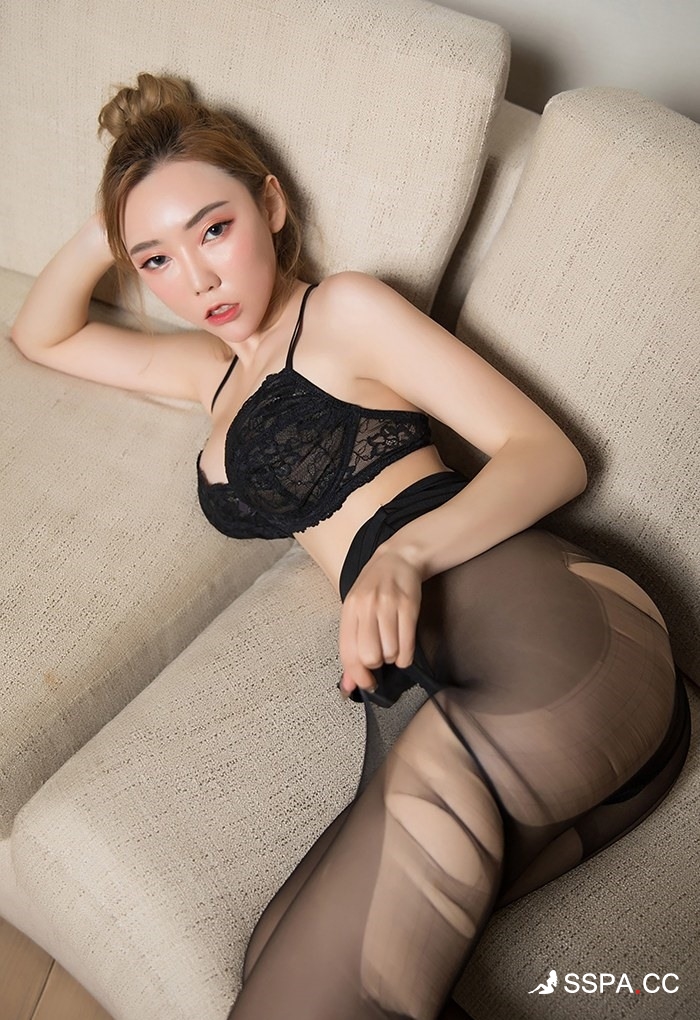来料加工与进料加工出口退税政策详解及税务处理案例
随着我国对外开放水平不断提升,加工贸易已成为对外贸易的主要方式。当前加工贸易主要包括来料加工和进料加工两种形式。
With the continuous improvement of China's opening-up level, processing trade has become the main form of foreign trade. Currently, processing trade mainly includes two forms: processing with supplied materials and processing with imported materials.
概念差异 | Conceptual Differences
根据海关规定:
- 来料加工:境外企业免费提供料件,加工企业仅收取加工费
- 进料加工:经营企业付汇进口料件,自行承担风险
According to customs regulations:
- Processing with supplied materials: Materials provided free by foreign enterprises, processors only charge processing fees
- Processing with imported materials: Enterprises pay for imported materials and bear risks themselves
税务处理 | Tax Treatment
来料加工实行增值税免税政策,国内采购进项税额不得抵扣;进料加工实行免抵退税政策。
Processing with supplied materials implements VAT exemption policy, domestic purchase input tax cannot be deducted; processing with imported materials implements exemption, deduction and refund policy.
案例详解 | Case Analysis
案例1:A企业来料加工收取15万元加工费,国内辅料进项税0.07万元需转出。
Case 1: Company A charges 150,000 yuan processing fee, domestic auxiliary materials input tax of 700 yuan needs to be transferred out.
案例2:B企业进料加工出口205万元,计算免抵退税额7.995万元。
Case 2: Company B exports 2.05 million yuan through processing with imported materials, calculates tax refund of 79,950 yuan.
政策建议 | Policy Recommendations
建议统一来料加工与进料加工出口退税管理,促进税制公平。
It is recommended to unify export tax rebate management for both processing methods to promote tax system fairness.
一般贸易VS进料加工 | General Trade vs Processing with Imported Materials
通过案例分析显示,进料加工比一般贸易可多获得12.68%的现金净流入。
Case analysis shows that processing with imported materials can obtain 12.68% more net cash inflow than general trade.
